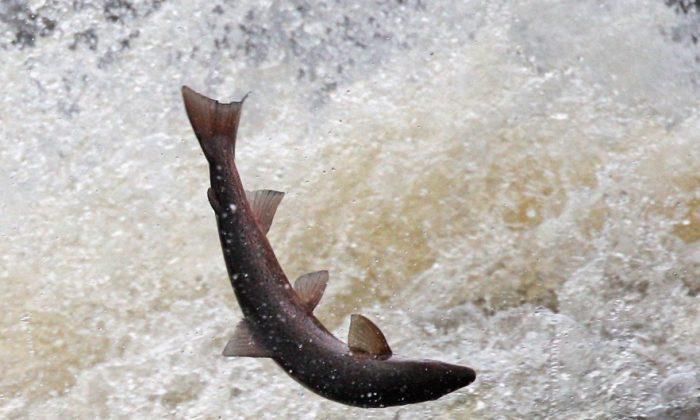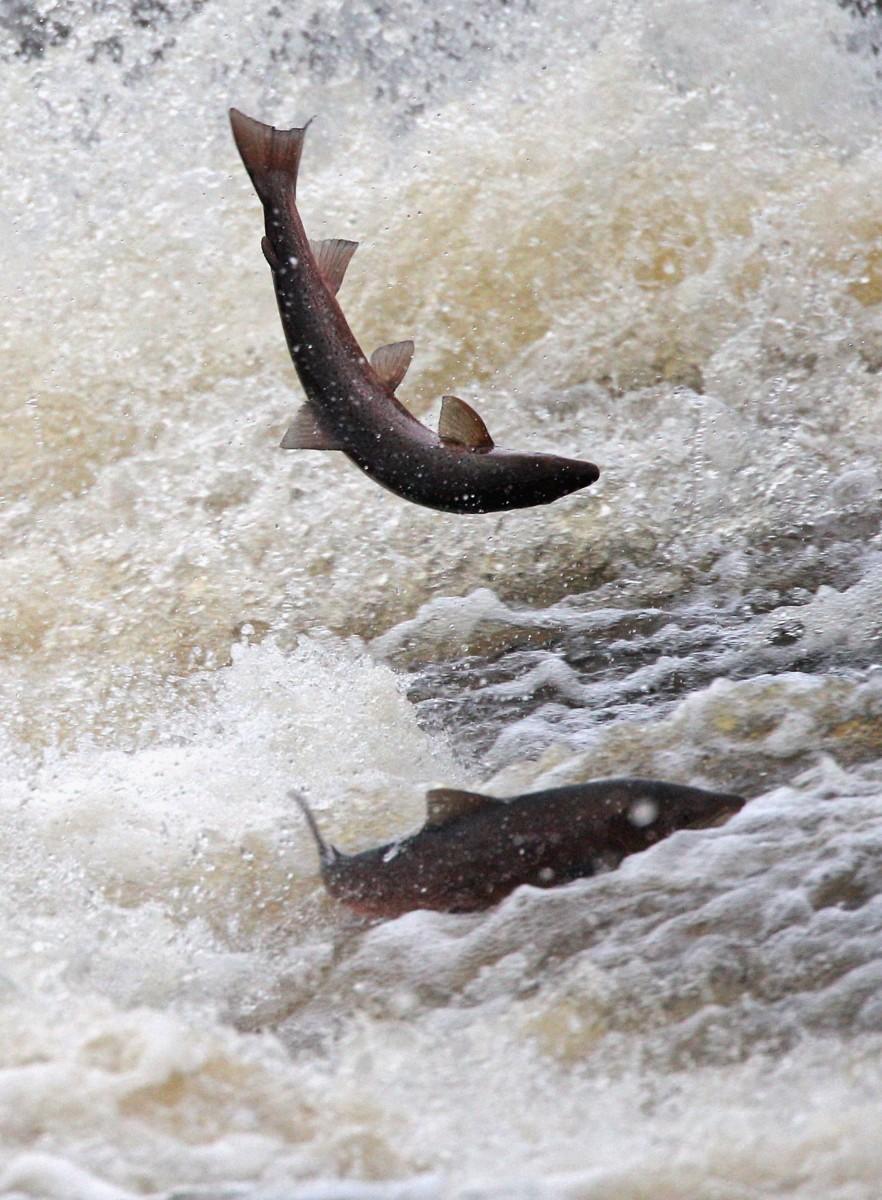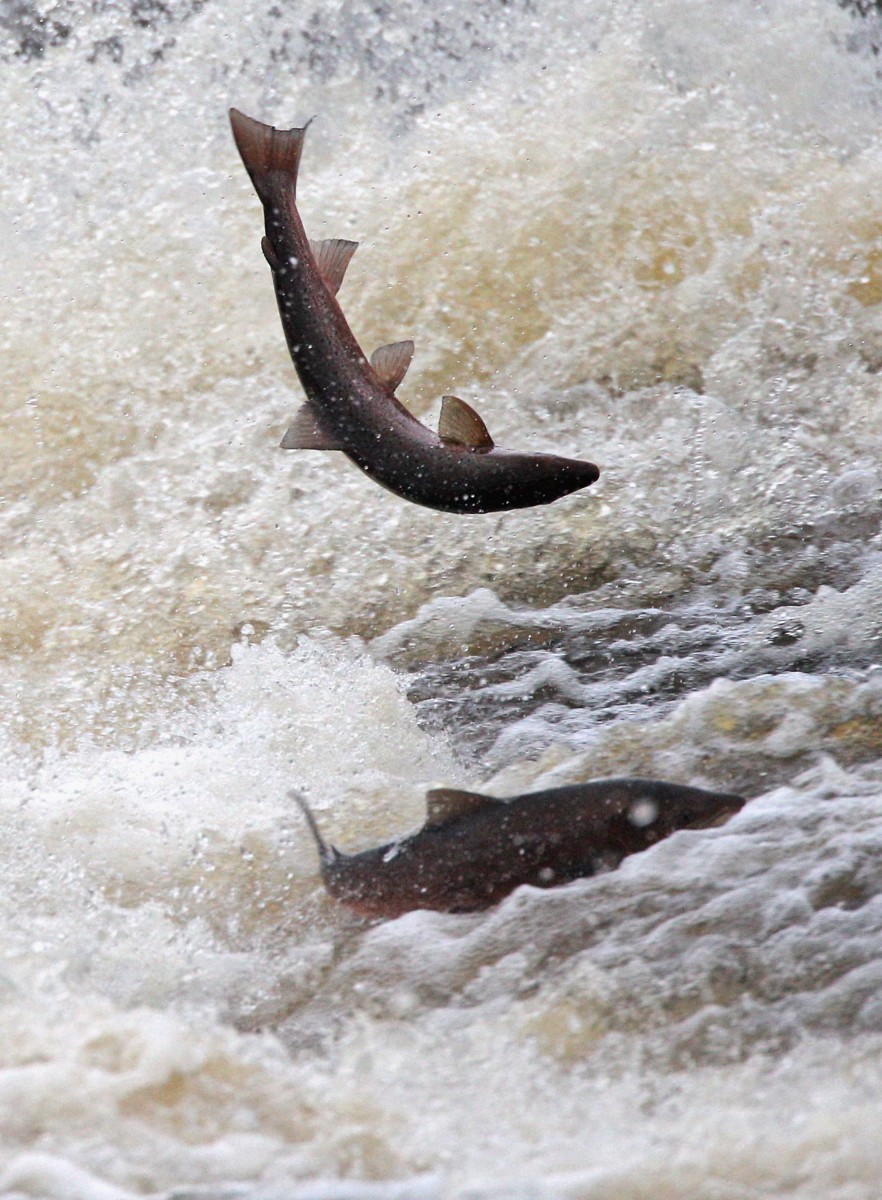A fierce battle rages on the Columbia River between the local fishermen and the native sea lion population. In a classic man-versus-nature story, both sides are competing for the Columbia River salmon, which they both need to survive.
On one side, there are the local fishermen, who mostly come from local Native American tribes. Standing behind them are various wildlife departments in Oregon, Idaho, and Washington. They are defending a controversial government program, which allows local fishermen to kill California sea lions if they are caught snacking on salmon near the Bonneville Dam area of the Columbia River.
On the other side, there is the Humane Society of the United States (HSUS), together with the Wild Fish Conservancy and various citizens, who are attempting to stop the killing of the sea lions with a lawsuit. They are asking a federal judge to shut down the program immediately.
“Expect a ruling any day from the judge about this,” Deputy Director of Animal Protection Litigation Ralph Henry of the HSUS told The Epoch Times. “But regardless of the ruling, [we] don’t think it’s appropriate to kill sea lions before the decision has been made. [We] requested to hold the program until the judge’s decision, so at least no sea lions would be killed.”
The HSUS made their request to U.S. District Judge Michael Simon on May 14. At the time of the hearing, 10 sea lions had been removed, and since then, 2 have been killed.
The data used by both parties is polarized. The government started collecting the data in 2002 and it initially favored sea lion supporters. It stated that fishermen took approximately 37,500 fish per year, while sea lions took about 3,200.
However, the fishermen argue that the greater number of fish caught by fishermen include hatchery fish. The hatchery fish are marked and can be distinguished from the wild salmon, which are protected under the Endangered Species Act. They argue that the sea lions don’t discriminate and are therefore a greater threat to the wild populations.
According to Henry, “The need for removal of sea lions is based on unfounded data. Sea lions feed at the mouth of the river and at the dam. Last year, fisherman took 12 times more salmon than sea lions.”
According to the data collected by federal wildlife groups, 90 percent of the sea-lion diet is caught at the Bonneville Dam where the salmon are easy prey. Other research reverses that number, estimating it at around 15 percent, according to OregonLive.com.
That data are contradictory, but the HSUS know where they stand. “The numbers don’t lie in this case,” said Henry.
The local tribes who fish the salmon disagree. “We see sea lion predation throughout the river,” says Doug Hatch, a senior scientist with the Columbia River Inter-Tribal Fish Commission, “and everybody who doesn’t have their head in the sand sees the same thing,” according to OregonLive.com.
The history surrounding this case is as polarized as the data. The 9th Circuit Court of Appeals ruled against sea-lion killing in late 2010 after years of battle by the HSUS, including a suit filed in 2008. Then in 2011, he National Marine Fisheries Service (NMFS) received a new application by the involved states for sea-lion killing.
After several months of continuous struggle by both parties, the NMFS summoned the Bonneville Dam Pinniped-Fishery Interaction Task Force to vote on the matter. The majority of task force officials voted in favor of killing the sea lions in October 2011, which was followed by an announcement that it will once again allow the killing of sea lions as of March 2012.
The government agency designated to review the sea-lion kills is the National Oceanic and Atmospheric Administration. Following the ruling in March, they authorized the killing of up to 92 sea lions a year, through May 2016.
Both sides want to protect the salmon, it’s just a matter of how.
“We just want to see the federal government manage [this] in a way that’s best for the sea lions and the salmon, and all the species. These salmon are important, and so are the sea lions. The government is not addressing the real threats to salmon,” Henry said.
The HSUS holds that sea lions are not the largest threat to endangered salmon. They insist that dams, hatcheries, invasive species, and of course fishing, pose a greater threat.
Dams affect the fish population as a whole. The HSUS cited estimates from the NMFS, which said that the Federal Columbia River Power System kills 16.8 percent of adult Snake River Basin steelhead trout and 59.9 percent of juveniles. Similarly, estimates could be true for salmon.
Hatcheries can also negatively affect the salmon population. The HSUS cited a 2009 congressional panel of scientists that found current fish hatcheries interfere with population recovery.
Additionally, the HSUS found that invasive species of fish, like the walleye, pose a greater threat to salmon than the sea lion. The walleye, which is not native to Northwest rivers, eat juvenile salmon.
According the HSUS, fishing is also a threat. States allow the take of 5.5 to 17 percent of Upper Columbia Spring and Summer Chinook salmon. The fishermen, of course, disagree with this last point, as fishing numbers are carefully regulated. Many native tribes were promised fishing rights in treaties signed decades ago. Their lives, and the lives of the sea lions, both depend on a healthy salmon population in the Columbia River.
The Epoch Times publishes in 35 countries and in 19 languages. Subscribe to our e-newsletter.







Friends Read Free